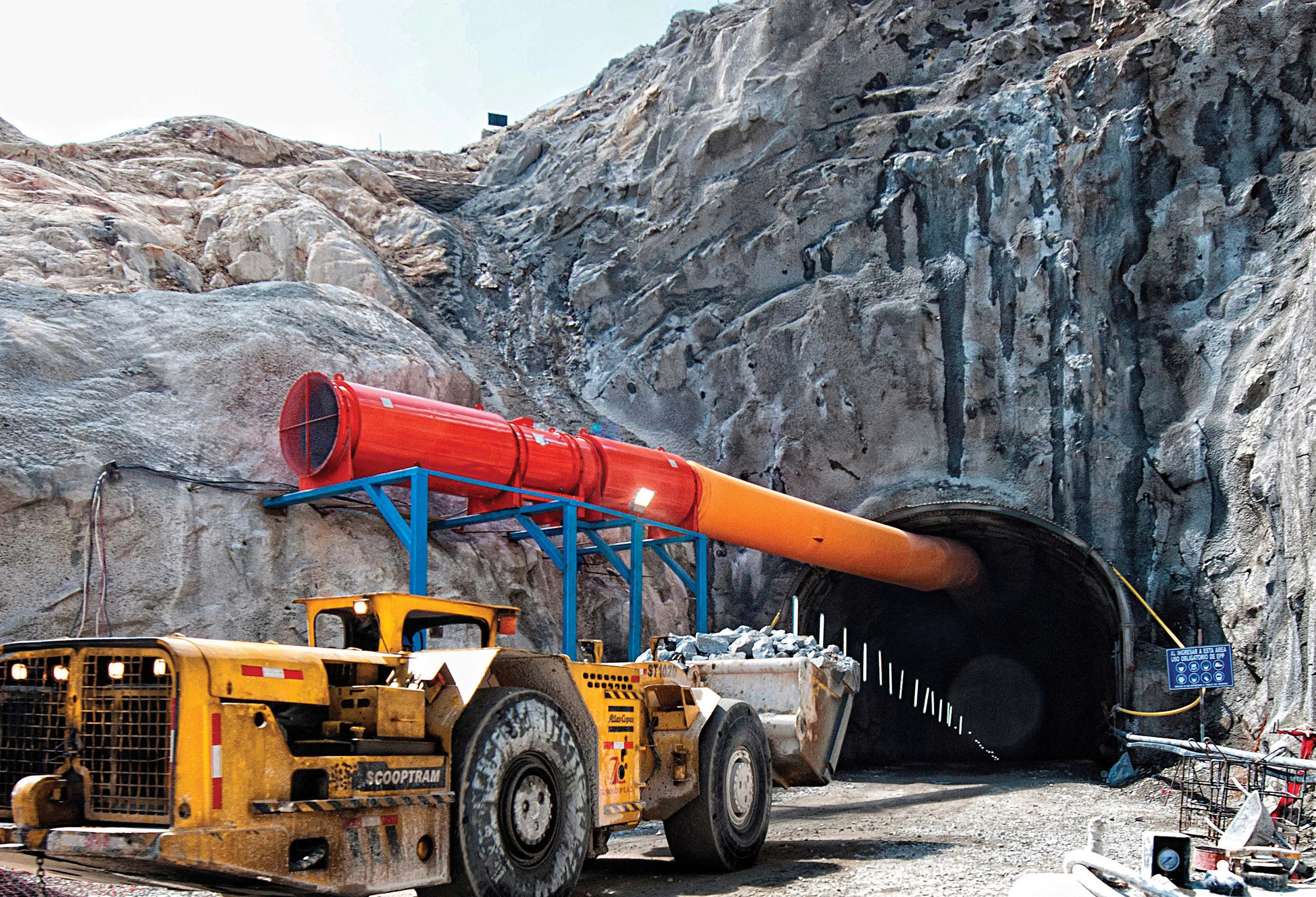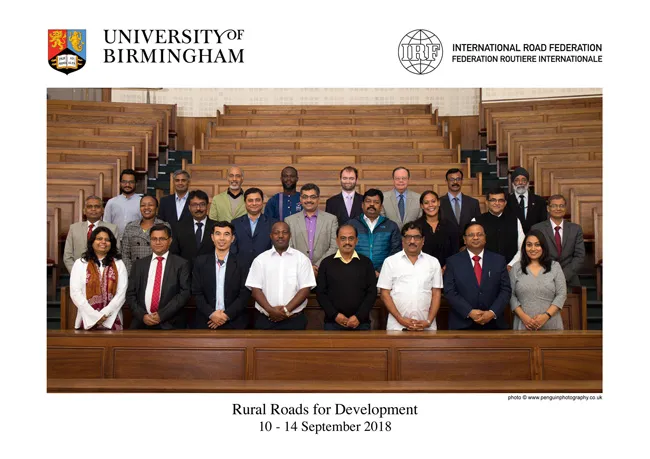A new tunnel connection is helping boost connectivity in Peru, improving access to remote areas
Building the tunnel has been an important project as Peru has an imbalance in population distribution with 54.6% of its inhabitants concentrated in the areas along the Pacific Ocean, while only 32% of the population lives in the Andes highlands and 13.4% in the Amazon tropical jungles. The imbalance is acute given that the tropical jungle areas account for 60% of the country’s national territory. Economic deve
October 2, 2014
Read time: 3 mins

A new tunnel connection is helping boost connectivity in Peru, improving access to remote areas
Building the tunnel has been an important project as Peru has an imbalance in population distribution with 54.6% of its inhabitants concentrated in the areas along the Pacific Ocean, while only 32% of the population lives in the Andes highlands and 13.4% in the Amazon tropical jungles. The imbalance is acute given that the tropical jungle areas account for 60% of the country’s national territory. Economic development also reflects this disequilibrium, due to a concentration of economic activity in the national capital. The city of Lima and its metropolitan area is home to 29% of Peru’s population.
The country has benefited from strong economic growth during the last 18 years, some of the best economic growth indexes in all of South America; however, the transport infrastructure has not grown as rapidly as the economy. The region of Ancash, located in the north-west of the country, provides a key example. Ancash has suffered poor transport without a highway connecting it with the interior of the country, which would allow it to export its products internationally through the border with Brazil.
However the new highway running from Carhuaz-Chacas-San Luis is of strategic importance to improve transportation for this region. It will not only permit an increase in exports of locally produced products, but will also open new areas to tourism. For the latter, the route of the new highway runs past snow-capped mountain peaks and over 20 lakes in the Conchucos area, a short distance from the Huascaron Mountain Peak. This new highway will make a significant reduction in journey times for local inhabitants, who currently require 8-9 hours to make the trip between Carhuaz and Chacas, but will see this slashed to 2½ hours. The new road will go through the new Punta Olimpica Tunnel. The shorter distance will lower running costs for vehicles and promote development of agricultural production in the area. The Carhuaz-Chacas-San Luis highway, which runs for 100km, will have a 44km section that traverses the Huascaron National Park and improve the lives of over 300,000 people in the surrounding area.
The road starts at the outskirts of Carhuaz, some 2,647m above sea level and ends in the town of San Luis at an altitude of 3,051m above sea level. The route follows the existing road called “Callejon de Huaylas” (Huaylas Alley) up to 49km, where it runs into the highest road tunnel in the world.
The Punta Olimpica Tunnel lies at an altitude of 4,738m above sea level. It has a total length of 1,380m and has been constructed in particularly challenging conditions. The altitude places high stress levels on equipment as the thin air means diesel engines and electric motors are more prone to overheating and cannot be loaded as heavily as at lower altitudes. For internal combustion engines in particular, the altitude also affects combustion and turbocharging and they have to be specially configured for working at height. Similar stresses have been placed on the personnel and winter conditions can be particularly tough at this altitude.
Building the tunnel has been an important project as Peru has an imbalance in population distribution with 54.6% of its inhabitants concentrated in the areas along the Pacific Ocean, while only 32% of the population lives in the Andes highlands and 13.4% in the Amazon tropical jungles. The imbalance is acute given that the tropical jungle areas account for 60% of the country’s national territory. Economic development also reflects this disequilibrium, due to a concentration of economic activity in the national capital. The city of Lima and its metropolitan area is home to 29% of Peru’s population.
The country has benefited from strong economic growth during the last 18 years, some of the best economic growth indexes in all of South America; however, the transport infrastructure has not grown as rapidly as the economy. The region of Ancash, located in the north-west of the country, provides a key example. Ancash has suffered poor transport without a highway connecting it with the interior of the country, which would allow it to export its products internationally through the border with Brazil.
However the new highway running from Carhuaz-Chacas-San Luis is of strategic importance to improve transportation for this region. It will not only permit an increase in exports of locally produced products, but will also open new areas to tourism. For the latter, the route of the new highway runs past snow-capped mountain peaks and over 20 lakes in the Conchucos area, a short distance from the Huascaron Mountain Peak. This new highway will make a significant reduction in journey times for local inhabitants, who currently require 8-9 hours to make the trip between Carhuaz and Chacas, but will see this slashed to 2½ hours. The new road will go through the new Punta Olimpica Tunnel. The shorter distance will lower running costs for vehicles and promote development of agricultural production in the area. The Carhuaz-Chacas-San Luis highway, which runs for 100km, will have a 44km section that traverses the Huascaron National Park and improve the lives of over 300,000 people in the surrounding area.
The road starts at the outskirts of Carhuaz, some 2,647m above sea level and ends in the town of San Luis at an altitude of 3,051m above sea level. The route follows the existing road called “Callejon de Huaylas” (Huaylas Alley) up to 49km, where it runs into the highest road tunnel in the world.
The Punta Olimpica Tunnel lies at an altitude of 4,738m above sea level. It has a total length of 1,380m and has been constructed in particularly challenging conditions. The altitude places high stress levels on equipment as the thin air means diesel engines and electric motors are more prone to overheating and cannot be loaded as heavily as at lower altitudes. For internal combustion engines in particular, the altitude also affects combustion and turbocharging and they have to be specially configured for working at height. Similar stresses have been placed on the personnel and winter conditions can be particularly tough at this altitude.






